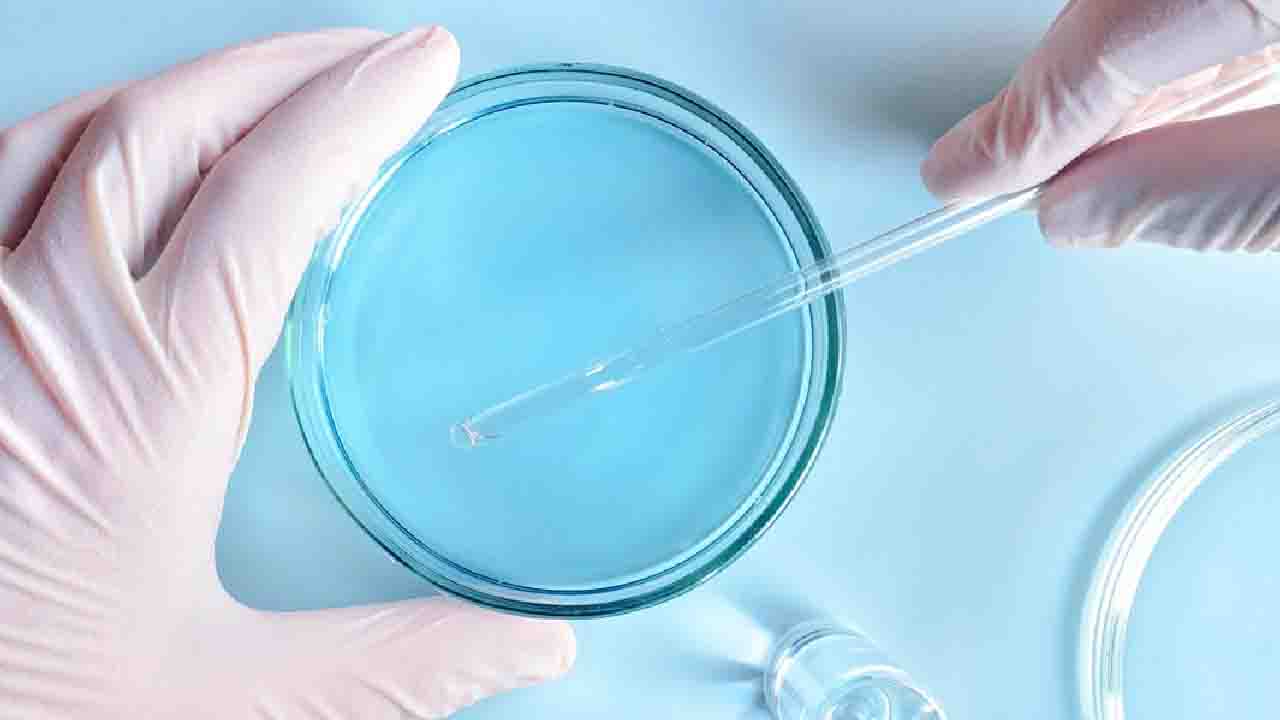Health & Medicine, UK (Commonwealth Union) – Antimicrobial resistance (AMR) has emerged as a significant international health issue in recent years. This occurs when microorganisms, such as bacteria, viruses, fungi, and parasites, to resist the effects of antimicrobial drugs designed to kill or inhibit their growth. The rapid proliferation of AMR poses a grave threat to the effective prevention and treatment of infectious diseases, jeopardizing advancements in modern medicine and the global healthcare system as a whole.
The primary factors contributing to the rise of antimicrobial resistance are the misuse and overuse of antimicrobial drugs. This includes inappropriate prescribing of antibiotics, failure to complete a full course of treatment, and the use of antimicrobials in livestock and agriculture. Additionally, the widespread availability of antimicrobial drugs without proper regulations and control measures, as well as poor infection prevention and control practices in healthcare settings, contribute to the problem.
Bacteria has the ability of evolving resistance at a high pace towards antibiotics with the adaptation to special pumps to take them out of their cells, as indicated in a new study by the Quadram Institute and University of East Anglia (UEA).
Researchers hope the results will enhances the way antibiotics are administered to assist in preventing further spread of antimicrobial resistance.
Professor Mark Webber, from the UEA, Norwich Medical School, as well as the Quadram Institute (QI), says “Knowing the details of the mechanisms bacteria develop to become resistant is a key step to understanding antimicrobial resistance. We hope that this kind of work to understand when and how resistance emerges can help us use antibiotics better to minimise selection of resistance.”
Researchers evaluated the way exposure to antimicrobials brings about the emergence of resistance.
More widely, superbugs’ defenses against antibiotics usually inactivate or evade drugs, by halting them from further invading their cells, or taking them out of their cells prior to them having any impact. But the precise way this is conducted is being evaluated.
This new research conducted by Dr Eleftheria Trampari from QI, had Professor Webber, and colleagues recreate the evolutionary stresses that bring about the antimicrobial resistance by the exposure of Salmonella bacteria to 2 different antibiotics.
The bacteria were permitted to grow and multiply in 2 various states imitating the way they reside in the atmosphere.
Some ended up planktonic where it floated in a liquid broth, however the others were in biofilms. Bacteria produce biofilms on the surface, as a method of defending themselves against the stress as well as most bacteria in the real world that exist within a biofilm.
The 100s of generations of bacteria were grown with exposure to the antibiotics, and with this simulation of evolution, the survival of the fittest chose the bacteria most adapted to manage with the availability of the antibiotics.
To mark the way these ‘winners’ had become resistant, the scientists sequenced the genomes of the resistant bacteria, to find out the genes that had changed when contrasted to their non-resistant ancestors.
They discovered that both antibiotics chose different mutations in a molecular pump that Salmonella utilizes to eliminate toxic compounds from within the cells. With researchers from the University of Essex along with University of Cagliari, they discovered that these 2 various changes altered the way the pump functioned in completely different methods. One made it simpler for the pumps to capture drugs, the other made it simpler for drugs in moving through the pump, according to researchers.
An evaluation of databases of genomes of Salmonella isolates discovered that 1 of these mutations has come up many times in the real world, in Salmonella from patients, livestock together with food in the UK, USA as well as EU, dating back to 2003.
The results verified a primary role for these pumps as the 1st line of defense against antimicrobials.








